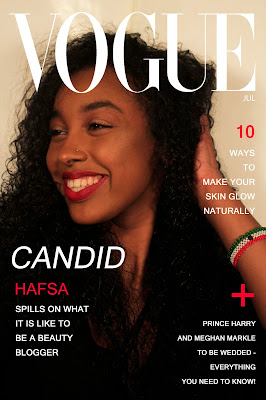1) Hearst UK is part of Hearst Communications. What is Hearst Communications and where is it based? It's a mass media and business information conglomerate based in Manhattan, Hearst Tower. It is stilled owned by the Heart family. 2) What media industries and brands make up the Hearst Communications conglomerate? They own magazines, newspapers, broadcasting and internet companies. Some magazine brands that make up Hearst are: Cosmopolitan, Esquire, Men's Health, Women's Health. Newspaper brands: The Telegraph, Greenwich Time. Sam Francisco Chronicle. Broadcasting brands: A+E Networks, ESPN, Verizon, Cosmopolitan TV, Hearst TV. Internet brands: Awesomeness TV, Digital Spy, Kaboodle. 3) What was the global revenue for Hearst Communications (in dollars) for the most recent year on record? $10.8 bn 4) Focusing on Hearst UK, what other magazine brands are part of Hearst UK publishing? How many UK people do they reach in print and online? Other brands include: Cosmopolitan,
